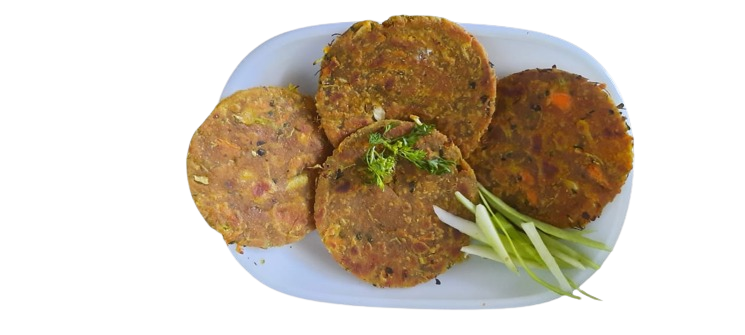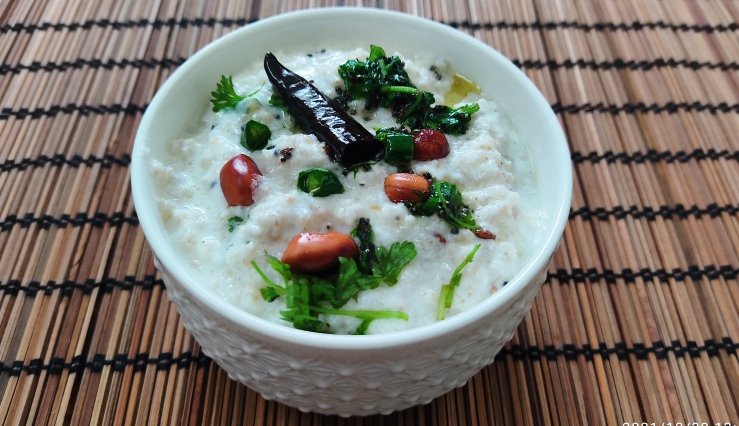
Indian cuisine is a treasure trove of flavors and textures, offering a diverse range of dishes that cater to a myriad of palates. Among these, khichdi stands out as a classic comfort food that transcends regional boundaries and culinary traditions. One variation that has been gaining recognition in recent years is Kodo Millet Khichdi, a healthier twist on this beloved dish. This article explores the rich history, nutritional benefits, and the simple joy of Kodo Millet Khichdi.
Khichdi: A Timeless Comfort Dish: Khichdi is a simple, one-pot meal that has been a staple in Indian households for centuries. It’s not just a dish; it’s a feeling of warmth and nourishment. Khichdi is made by cooking rice and lentils together, typically seasoned with basic spices like cumin, turmeric, and ghee. It is renowned for its soothing qualities and is often served as comfort food, especially during illness or on rainy days.
The beauty of khichdi lies in its adaptability. Different regions in India have their own versions, and the dish can include a variety of lentils, vegetables, and spices. Each variation adds a unique flavor and nutritional profile, making khichdi a versatile and beloved dish.
Kodo Millet by 7 Millets
Kodo millet (Paspalum scrobiculatum) is a small, nutty-flavored grain that has been cultivated in India for centuries. Traditionally, it was an essential part of the Indian diet, especially in parts of southern India. Kodo millet is known for its drought-resistant properties and robust growth, making it an excellent choice for regions with erratic rainfall. However, with the advent of modern agriculture and the popularity of rice and wheat, traditional millets like Kodo millet saw a decline in consumption.
In recent years, there has been a resurgence of interest in millets due to their impressive nutritional profile. Kodo millet is gluten-free, rich in fiber, and contains various vitamins and minerals, including B vitamins, iron, and calcium. Additionally, it has a low glycemic index, making it a favorable option for those looking to manage their blood sugar levels.
Kodo Millet Khichdi: A Healthier Twist
Kodo Millet Khichdi is a modern adaptation of the traditional dish, designed to offer a more nutritious and balanced meal. Here’s how it’s prepared:
Instruction:
- Preparation: Rinse the millet and lentils thoroughly. Chop the vegetables into small pieces. If you prefer a spicier khichdi, you can finely chop ginger, garlic, and green chilies.
- Sauté: Heat ghee or oil in a pressure cooker or a deep pan. Add cumin seeds and asafoetida. If you’re using ginger, garlic, and chilies, add them at this stage and sauté until fragrant.
- Add Millet and Lentils: Add the rinsed millet and lentils to the pan and sauté for a few minutes. This step enhances the nutty flavor of the millet.
- Add Vegetables: Add the chopped vegetables, turmeric, and salt. Sauté briefly, allowing the spices to coat the millet and lentils.
- Cook: Add water and pressure cook or simmer until the millet, lentils, and vegetables are soft and well-cooked. The consistency can vary from thick and porridge-like to a drier, grainier texture, depending on your preference.
- Serve: Serve hot, garnished with a dollop of ghee and fresh coriander leaves.
Ingredients:
- Kodo millet
- Split yellow moong dal (lentils)
- Vegetables (e.g., carrots, peas, cauliflower)
- Spices (cumin seeds, turmeric, asafoetida, and salt)
- Ghee or oil
- Water
- Optional: ginger, garlic, and green chilies for added flavor and spice
Kodo Millet Khichdi offers numerous health benefits:
- High Fiber Content: Kodo millet is rich in dietary fiber, which aids digestion and promotes a feeling of fullness. This can be especially beneficial for weight management.
- Rich in Protein: The combination of millet and lentils provides a good amount of protein, making it an excellent choice for vegetarians and vegans.
- Low Glycemic Index: Kodo millet has a lower glycemic index compared to rice, which means it can help regulate blood sugar levels and reduce the risk of diabetes.
- Balanced Nutrition: The addition of vegetables makes Kodo Millet Khichdi a well-rounded meal, providing essential vitamins and minerals.
- Gluten-Free: It’s a gluten-free option, making it suitable for those with gluten sensitivities.
The Joy of Kodo Millet Khichdi
Beyond its nutritional advantages, Kodo Millet Khichdi is a celebration of simplicity and flavor. It’s a dish that encapsulates the essence of comfort food, offering solace on a rainy day, relief during illness, and satisfaction at any time. The subtle nuttiness of Kodo millet combines beautifully with the earthy aroma of lentils and the vibrant colors of vegetables. The gentle spices create a symphony of tastes that soothe the senses. A drizzle of ghee enhances the flavor and brings a touch of indulgence. In a world that often seems complicated and fast-paced, Kodo Millet Khichdi is a reminder that sometimes, the most satisfying meals are those that bring us back to the basics. It represents the idea that good food doesn’t need to be elaborate, but it should nourish both the body and the soul.
Conclusion:
Kodo Millet Khichdi is a delicious and nutritious twist on a timeless Indian comfort food. It’s a testament to the adaptability of traditional recipes to modern dietary preferences and health-conscious choices. So, whether you’re exploring the world of millets or seeking a comforting meal, don’t miss out on the simple joy of a warm, nourishing bowl of Kodo Millet Khichdi. It’s a reminder that sometimes, the most satisfying dishes are those that have stood the test of time.


